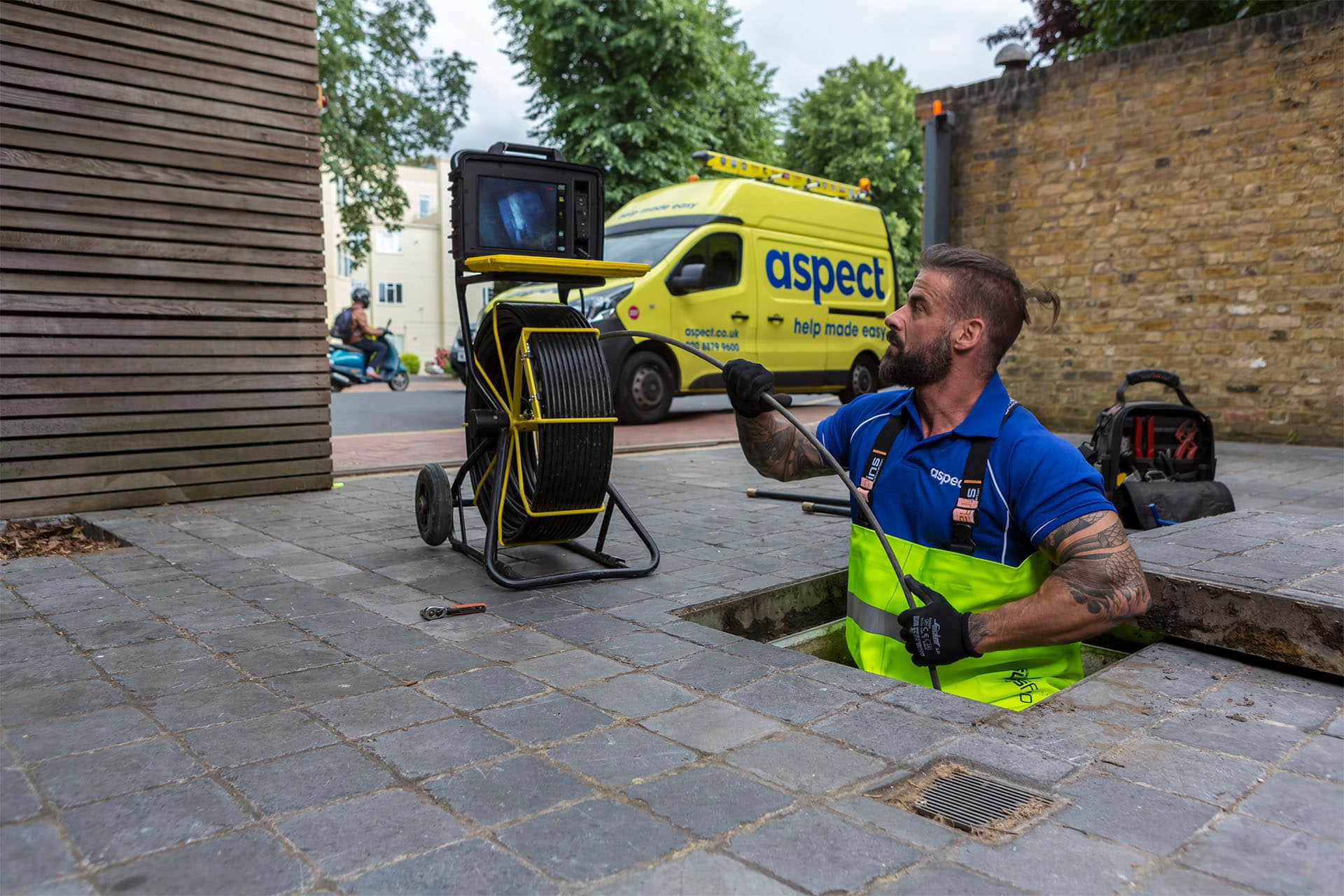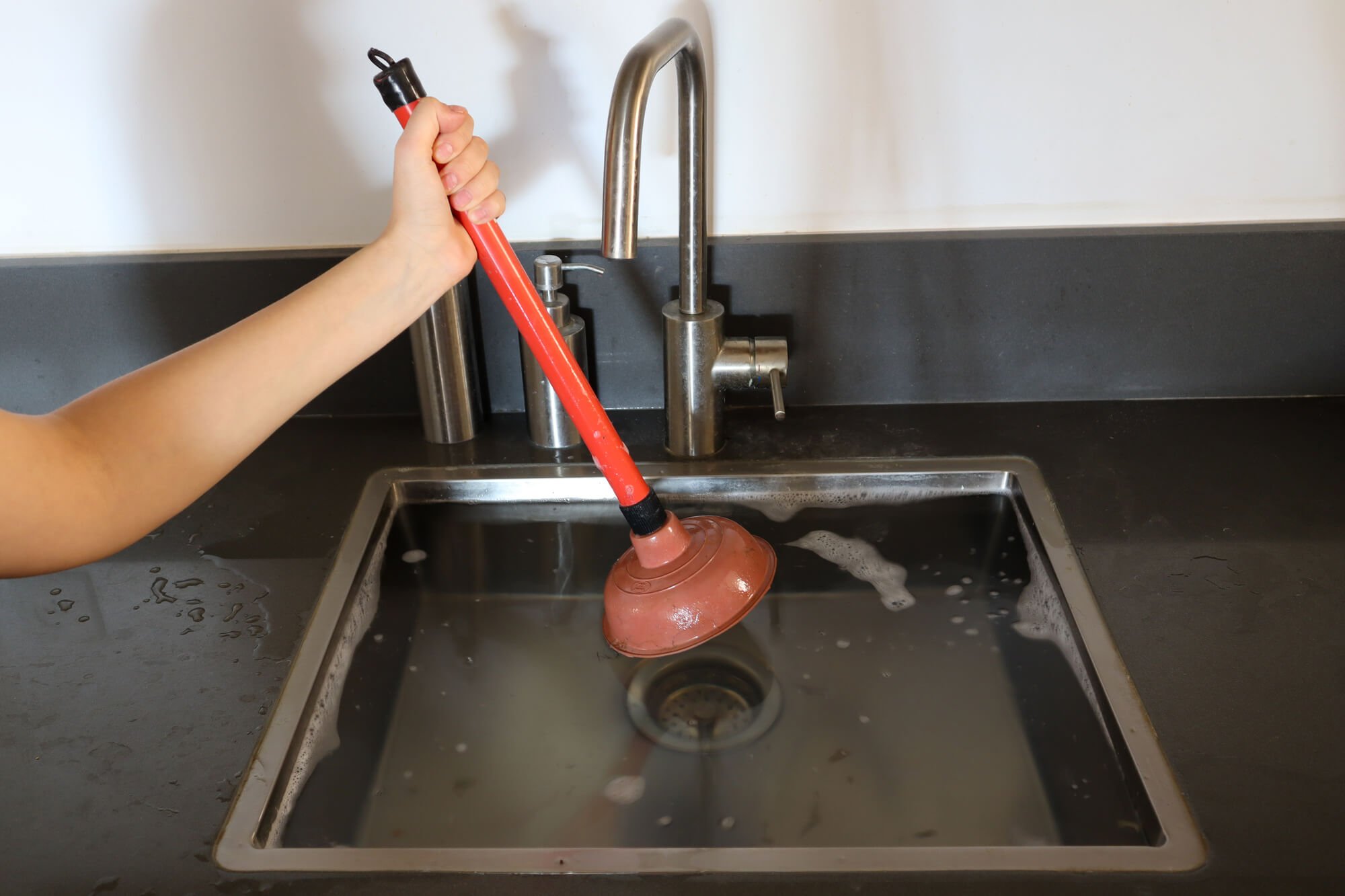How to Deal with a Blocked Drain Independently Before Seeking Plumbing Professionals
VisitThis post on the next paragraphs involving Tips for Dealing with Clogged Drains and Sewer Lines is particularly intriguing. Don't bypass it.

Introduction
Managing a blocked drain can be an aggravating experience, disrupting day-to-day activities and possibly triggering damages to your building. Nevertheless, prior to connecting to pipes professionals, there are steps you can require to address the issue on your own. In this guide, we'll check out do it yourself services and preventive measures to deal with an obstructed drain properly.
Recognizing the Concern
The first step in dealing with an obstructed drain is acknowledging the indicators. Slow-moving drain, gurgling audios, foul odors originating from drains pipes, or water backing up prevail indicators of a blocked drain. Determining these signs early can assist protect against better difficulties.
Usual Sources Of Obstructed Drains
Understanding the elements that add to drain clogs is necessary for reliable resolution. Common culprits consist of hair, soap residue, oil, food particles, and foreign objects like hygienic products or paper towels. Tree roots attacking below ground pipes can additionally cause significant clogs.
DIY Solutions
For small clogs, numerous DIY solutions can be reliable. Pouring boiling water down the drainpipe can aid liquify oil and debris. Sodium bicarbonate and vinegar or a mixture of salt and cooking soft drink can work as natural cleansers. Making use of a plunger or plumbing serpent to dislodge obstructions is an additional option.
Tools and Equipment
Having the right tools handy can make DIY drain cleaning a lot more effective. A bettor is a functional tool for getting rid of blockages in sinks, commodes, and showers. A pipes snake or auger can reach deeper blockages, while drain cleaning chemicals can be made use of carefully for stubborn blockages.
Preventive Measures
To stay clear of future blockages, taking on safety nets is crucial. Set up drain guards or strainers to catch hair and particles prior to they get in the pipelines. Routinely flush drains pipes with hot water to liquify grease accumulation, and avoid throwing away grease or solid waste away.
When to Call a Professional
While DIY remedies can solve small blockages, certain signs suggest the requirement for specialist assistance. Consistent obstructions, foul odors in spite of cleaning up initiatives, or multiple drains backing up at the same time are warnings that warrant experienced intervention.
Choosing the Right Pipes Service
When selecting a pipes service, take into consideration aspects such as experience, licensing, and customer testimonials. Select a respectable plumbing professional with a record of quality craftsmanship and transparent rates practices.
Expense Factors to consider
The price of expert drain cleaning services can differ relying on the severity of the blockage and the plumber's prices. Demand quotes from multiple providers and ask about any type of additional charges to make sure openness and avoid shocks.
Safety and security Measures
When attempting do it yourself drain cleansing, prioritize safety and security. Wear protective handwear covers and eyeglasses to avoid contact with hazardous chemicals or bacteria. Never blend various drainpipe cleaning products, as this can create hazardous fumes.
Instance Researches
Real-life instances illustrate the efficiency of do it yourself options and the significance of prompt specialist intervention in solving drain clogs.
Final thought
By complying with the pointers outlined in this guide, you can properly tackle blocked drains pipes and stop future plumbing concerns. Whether selecting DIY solutions or looking for expert support, punctual action is key to keeping a healthy and balanced plumbing system and maintaining the integrity of your home.
How to Clear a Clogged Drain Yourself (And When to Call In the Professionals)
What Can Clog a Drain
Dirt Skin flakes Hair Grease Soap scum Food Offset pipes Tree roots Small objects Mineral buildup DIY Tricks to Unclog a Drain
You can fix this! Once you have identified the source of the clog (or have a vague idea), you can try one or a combination of these fixes in order to clear your plumbing.
Wire Hanger or Snake
Untangle and clear out hair from a drainpipe with a homemade snake. Use a straightened-out wire hanger with a 90-degree angle hook to locate the clog and drag out any unwanted material.
Remember not to push the clog further down to where the wire hanger cannot reach! If you need to follow up with a plunger, give it a try. Your efforts might be more successful after it’s been wire-snaked.
If you want to get fancy and don’t have a wire hanger to spare, head to the store and pick up a hand-operated drain snake. You can get one for $10-$30. It may save you the hassle, and provide additional length to reach deep into the clogged pipe.
Plunger
A cup plunger has a suction cup attached to a wooden handle. The rubber creates a seal around the drain, and increases the pressure force of the plunger.
Plunge for 30-second increments to loosen the clog. This may need to be repeated over the course of 15-20 minutes. Once plunged, run the water to flush the remaining material out of the drain.
Remember– never use a plunger if you have used a chemical drain cleaner. These chemicals can splash up from the force of the plunger and cause serious injury or burns.
Boiling Water
Hot water can sometimes break up materials into a flushable amount. Dirt, grease, and soap buildup requires heat in order to unstick from surfaces.
Take your kitchen kettle and heat your water to a boil. Once it reaches a rolling boil, pour it directly down the drain into the blockage. Carefully follow with plunging, if necessary.
Don’t worry if this takes more than one try! It can often take multiple kettles and repeated plunging in order to clear a particularly stubborn clog.
Chemical Drain Cleaner
As a last resort, pick up a bottle of chemical drain cleaner. Drain-cleaning chemicals are potent, and not very good for the environment.
You may need to wear protective eyewear in gloves before handling your bottle of chemical drain cleaner. Follow the instructions printed on the bottle, and flush with water as soon as the instructions allow. Do not follow with plunging.
Baking Soda and Vinegar
As a safer alternative to chemical drain cleaner, baking soda and vinegar can create a chemical reaction that clears tough clogs.
Combine one cup of cleaning vinegar with one cup of boiling water, and set aside. Once you have done this, pour half a cup of baking soda down the drain. Give the baking thirty seconds to settle and cover a large portion of the problem drain.
Following the baking soda, pour down your vinegar and hot water solution. Once the vinegar and baking soda combine, the mixture will bubble and fix. Let this reaction fizzle in the drain for about an hour.
After an hour, follow with a kettle’s worth of hot water. The heat and liquid should flush out any remaining material.
When to Call a Plumber
If your DIY attempts haven’t cleared your clog drain, it’s time to call in a professional. It’s not worth losing access to your kitchen sink or high-traffic bathroom. A clog in a vital area can keep you from the things you’d rather be doing, and derail your routine.
Anytime a clog is causing water to spread is a time to call in a plumbing service. What starts out as a little bit of water can quickly grow into serious, expensive water damage.
Additionally, a serious clog can result in burst pipes or serious leaks. Make sure you know when to take it seriously!
https://myguysnow.com/how-to-clear-a-clogged-drain-yourself-and-when-to-call-in-the-professionals/

We had been guided to that article on How to handle a clogged drain in your home from someone on our other domain. Enjoyed reading our write up? Please quickly share it. Help others discover it. Thank-you for your time spent reading it.
Website